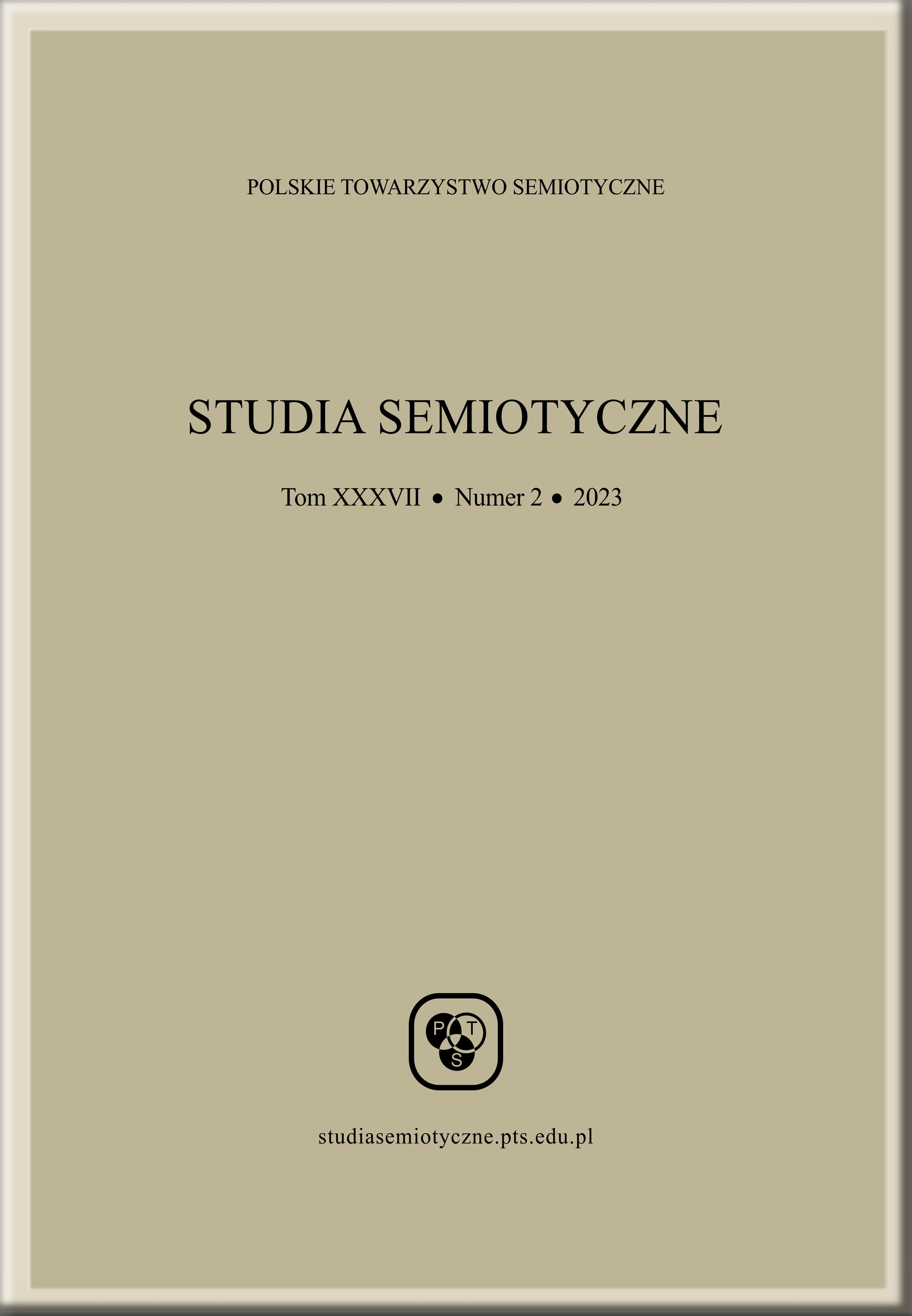Abstrakt
DOI: https://doi.org/10.26333/sts.xxxvii2.05
It is no surprise to anyone familiar with Fregean and Millian Theories that they struggle to explain the intuitive truth-value of sentences with proper names in modal and cognitive (such as belief) contexts, respectively. In this paper, I suggest that we can avoid the problems these theories face while at the same time preserving important intuitions by drawing a sharp distinction between semantic content (truth-conditions) and cognitive content (the content of cognitive attitudes), and by fixing the scope of Fregean and Millian theories to cognitive and semantic content, respectively. An immediate worry for this type of hybrid account is to explain the contribution of cognitive contents to the truth-conditions of attitude ascriptions. If they are different contents and the cognitive content is not part of the semantics, how can the truth-value of belief ascriptions be sensitive to cognitive content? If the semantic content follows Millianism, how can belief ascriptions that are otherwise identical but have different co-referring names have different truth-values? To answer these questions, I use Predelli’s (2005) semantic framework and argue that the truth-value of belief ascriptions is relativized not only to a world but also to a point of evaluation used to interpret the world. It is the point of evaluation that brings the cognitive content back to semantics and explains away the contradiction.
Bibliografia
Austin, J. L. (1962). How to Do Things With Words. Oxford: Clarendon Press.
Braun, D. (1998). Understanding Belief Reports. The Philosophical Review, 107(4), 555–595.
Braun, D. (2002). Cognitive Significance, Attitude Ascriptions, and Ways of Believing Propositions. Philosophical Studies, 108(1–2), 65–81.
Cappelen, H. Lepore, E. (2005). Insensitive Semantics: A Defense of Semantic Minimalism and Speech Act Pluralism. Oxford: Blackwell.
Davidson, D. (1991). Theories of Meaning and Learnable Languages. In D. Davidson, Truth and Interpretation (pp. 3–15). Oxford: Clarendon Press.
Dummett, M. (1981). Frege: Philosophy of Language. Harvard: HUP.
Dummett, M. (1991). The Logical Basis of Metaphysics. Harvard: HUP.
Evans, G. (1979). Reference and Contingency. The Monist, 62(2), 161–189.
Evans, G. (1982). The Varieties of Reference. Oxford: Clarendon Press.
Fodor, J. (2008). LOT 2: The Language of Thought Revisited. New York: OUP.
Kripke, S. A. (2008). Frege’s Theory of Sense and Reference: Some Exegetical Notes 1. Theoria, 74(3), 181–218.
Kripke, S. A. (2011). A Puzzle About Belief. In Philosophical Troubles: Collected Papers, Volume 1 (pp. 125–161). New York: OUP.
Lewis, D. (1980). Index, Context, and Content. In S. Kanger, S. Öhman (Eds.), Philosophy and Grammar (pp. 79–100). Dordrecht: Springer.
Perry, J. (1979). The Problem of the Essential Indexical. Noûs, 13(1), 3–21.
Perry, J. (1977). Frege on Demonstratives. Philosophical Review, 86(4), 474–497.
Predelli, S. (2005). Contexts: Meaning, Truth, and the Use of Language. Oxford: Clarendon Press.
Predelli, S. (2009). How to Cut the Contextualist Grass. A Note on Semantics and Speech Act Content. Manuscrito, 32(1), 33–58.
Recanati, F. (2012). Mental Files. New York: OUP.
Sainsbury, R. M., Tye, M. (2012). Seven Puzzles of Thought. Oxford: OUP.
Salmon, N. U. (1986). Frege’s Puzzle. Atascadero, California: Ridgeview Publishing Company.
Soames, S. (2009). Philosophical Essays, Volume 1, Natural Language: What It Means and How We Use It. New Jersey: Princeton University Press.
Sosa, D. (1996). The Import of the Puzzle About Belief. The Philosophical Review, 105(3), 373–402.
Stanley, J. (2002). Modality and What Is Said. Philosophical Perspectives, 16, 321–344.
Stojnić, U. (2017). On the Connection Between Semantic Content and the Objects of Assertion. Philosophical Topics, 45(2), 163–179.


